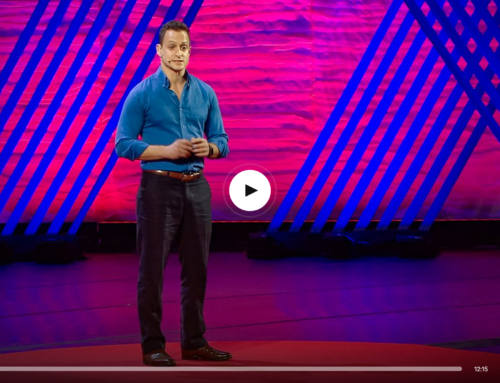It doesn’t take an act of Congress. It’s not like moving mountains. But it does take a few key ingredients to be successful at strengthening a community. And we count on nonprofits to do this every day. Every nonprofit is different: with different missions, different leadership, different resources, different structure, etc. So what do the successful organizations have in common?
I’m on vacation (WoopWoop!). In Ohio. I know. But I’m here to celebrate my nephew’s high school graduation – very cool. And I went with my dad to his Rotary Club meeting today. I’m a big fan of Rotary….for those Rotarians out there, I’m a Paul Harris fellow. So I was looking forward to hanging out with the members and hearing what program they presented today.
You know that feeling you get when you’re pumped about something? You really tune in, energy spikes, and you’re ready to jump in and help out! Well, I had the privilege of feeling that passion today as I learned about the STRIVE program that this Rotary Club established some years ago. Today two students were receiving scholarships because of their success in this program – “Students Taking a Renewed Interest in the Value of Education.”
And here is what I love about it – they are evaluated on their improvement from their junior to their senior years in the areas of attitude, participation and academic performance. It’s not just your typical reward for best grades and/or community service. So these are kids who may yearn to serve in the military, a particular trade, attend college, start a business, etc.
I was particularly impressed by the partnership between the school district (today the superintendent, the principal, the guidance counselor, and the teacher supervising the program attended), the service club and business leaders. A Rotarian leads the program and secures community leaders to attend monthly meetings with the students to help coach them on topics from time management to college preparation.
I was reminded that many successful nonprofit organizations follow a similar formula.
There are three key characteristics these successful organizations have:
1. Visionary leadership – boards and CEOs believe in a bigger picture and are future-focused. In the STRIVE program, success is determined by betting on the potential and talent these students have shown to possess.
Does your organization have a bold vision, and are you rewarding the right things?
2. Perseverance – there will be many reasons to quit; various bumps in the road. But the winners stay committed and focused on the goal. STRIVE could have ended when Rotary clubs merged, or when there were major cuts in school activities, but they stayed on course.
Does your organization believe strongly enough in your vision to invest in whatever it takes to succeed?
3. Willingness to partner – organizations with a social mission have consistently shown they can maximize impact when they support and collaborate with others. In this case Rotary + School + Business = a BIG win for the kids and the community.
Does your organization genuinely welcome opportunities to partner? (TIP – look internally also – are you operating in silos or is there a true team culture?)
Now granted, there are other factors that contribute to an organization’s success, such as strong governance and a culture of accountability. However, I believe without these three characteristics in play – visionary leadership, perseverance, and a willingness to partner – an organization cannot be significantly effective over the long haul.
And I was grateful and inspired to be in the audience and learn about STRIVE today.
(If you’d like to see a photo of Amanda and Donovan, today’s awardees, check it out here.)
And to delve deeper on this subject, pick up a copy of the book “The Impact Triangle” on Amazon.












Leave A Comment